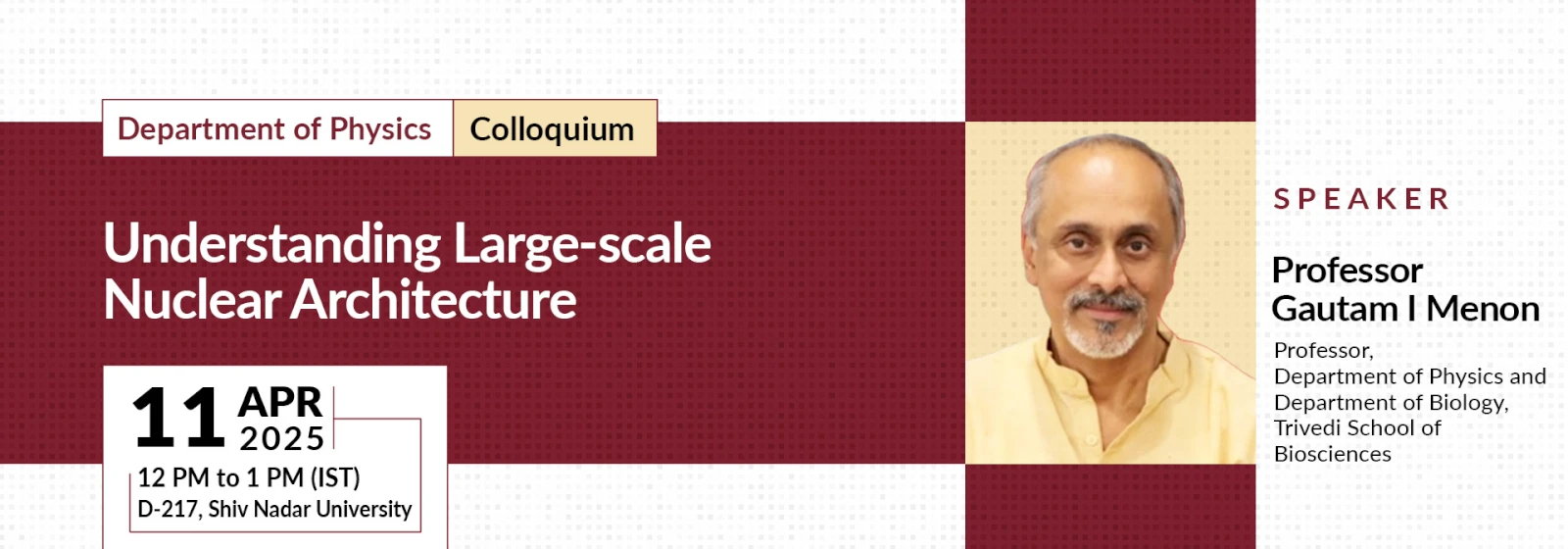Understanding Large-scale Nuclear Architecture
I will describe work in which we use computational descriptions of large-scale nuclear architecture to model the biophysics of chromatin organization and nucleolus assembly in eukaryotic cells at a mesoscopic scale, using methods that incorporate cell-type-specific active processes. The model provides predictions for the statistics of positional distributions, shapes, and overlaps of each chromosome, as well as the formation of the nucleolus. Simulations of the model reproduce common organizing principles underlying large-scale nuclear architecture across human cell nuclei in interphase. These include the differential positioning of euchromatin and heterochromatin, the territorial organization of chromosomes (including both gene-density-based and size-based chromosome radial positioning schemes), the nonrandom locations of chromosome territories, and the shape statistics of individual chromosomes. These models combine relatively new concepts in the description of cell-scale biological structuring - activity and phase separation - illustrating how the overlap of physics, biology and computation can provide quantitative approaches to old problems.

Share this: